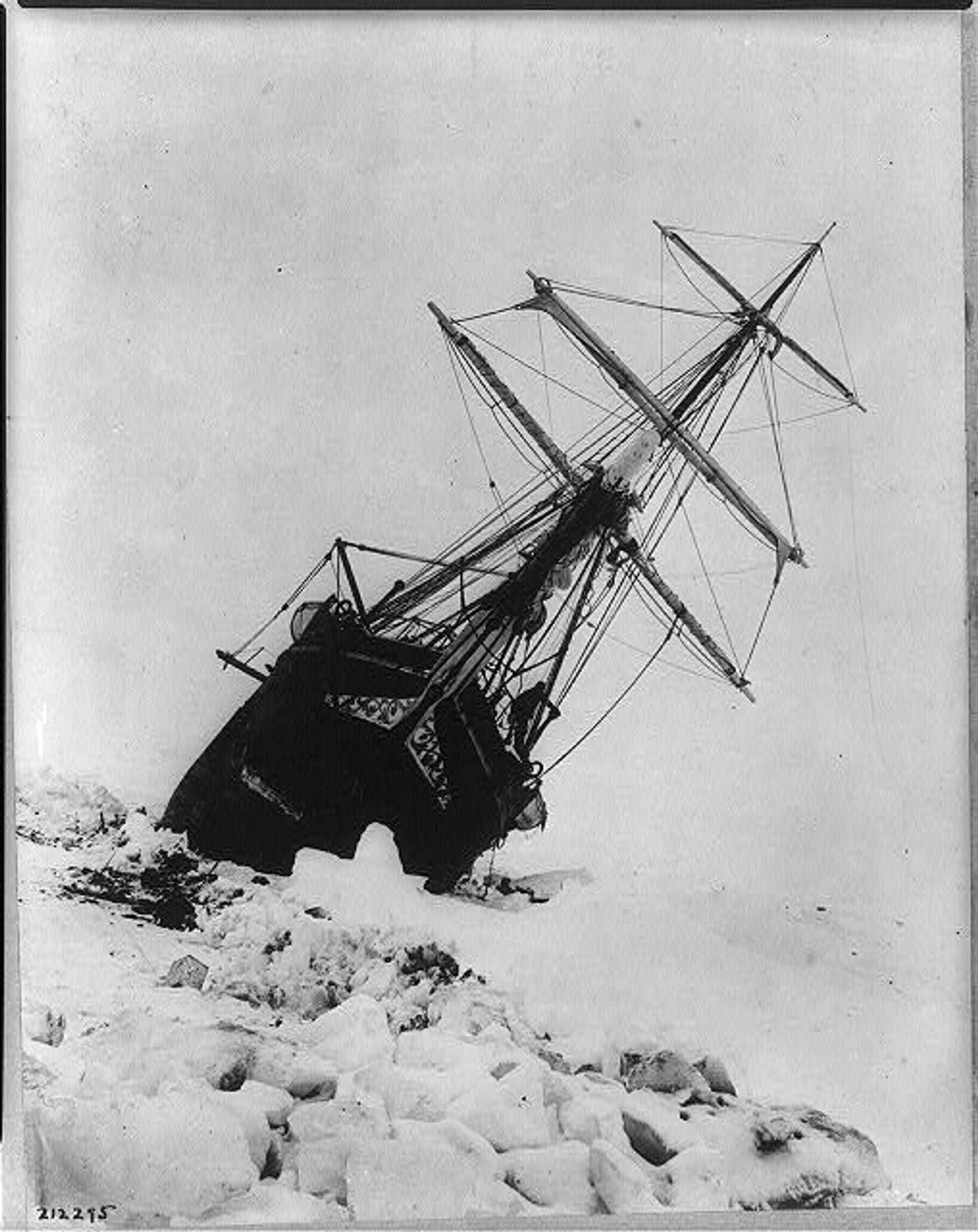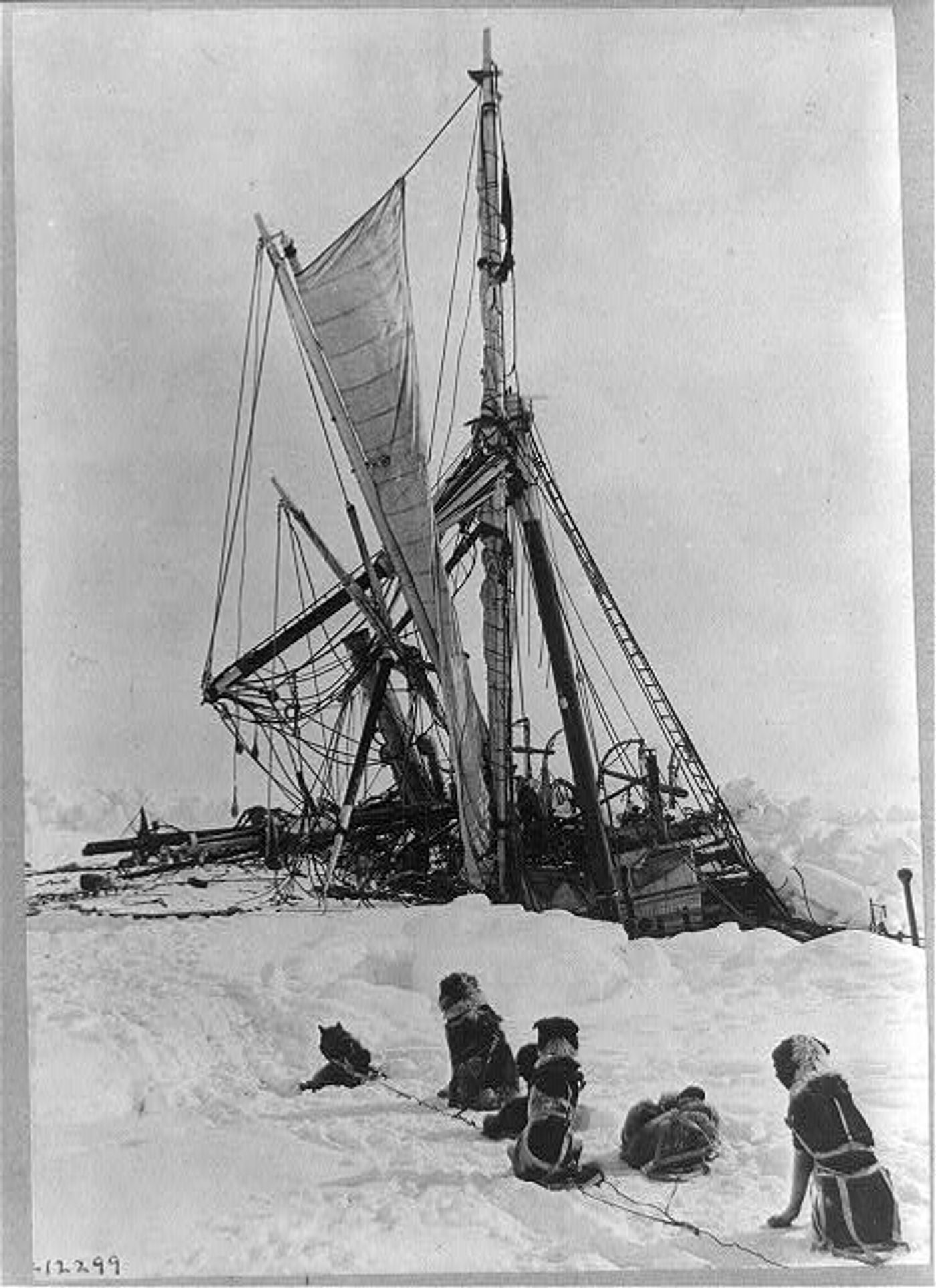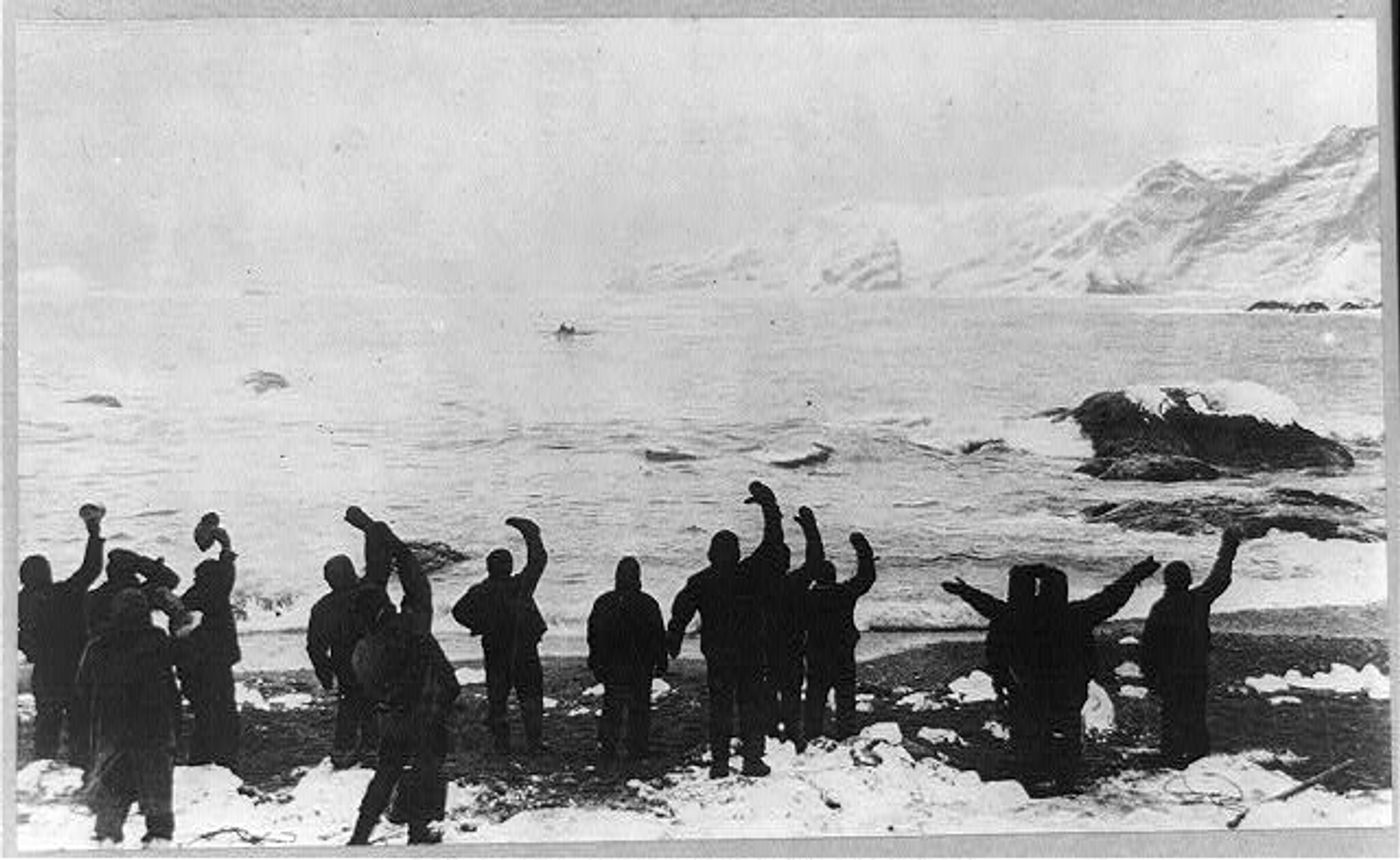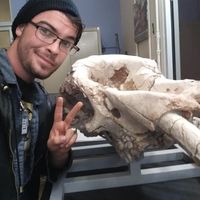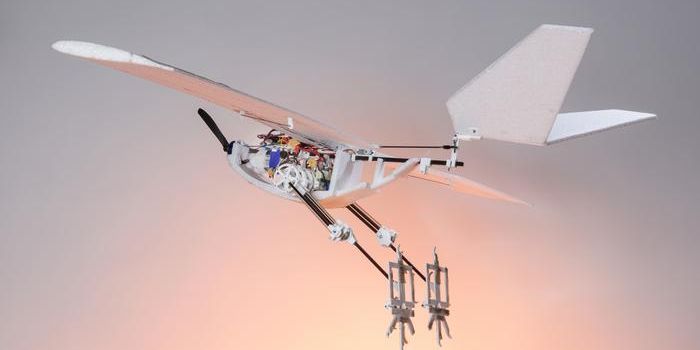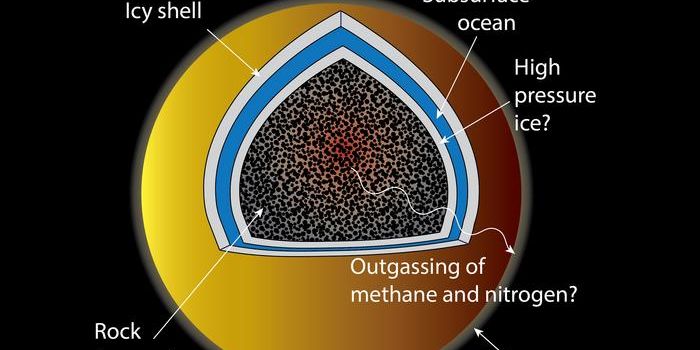The Wreck of The Endurance Has Been Discovered in Antarctica
The discovery of the Endurance, a long-lost exploration vessel, is helping to illuminate some of the mysteries surrounding the lost expedition of Antarctica led by Sir Earnest Shackleton, an Anglo-Irish explorer known for his charismatic personality and natural leadership abilities. Shackleton’s goal was to explore the Weddell Sea, east of the Antarctic peninsula in 1914, purely driven by his ambition and amazing crew like Captain Frank Wilde. Little did they know this would be a particularly harsh arctic winter and the expedition would become trapped in ice.
Shackleton's expedition to the Antarctic. Library of Congress, Prints & Photographs Division, [LC-USZ62-17176]
Now, a crack team of underwater archaeologists assembled by the Falkland’s Maritime Heritage Trust has made a stunning discovery under the vast ice sheets of Antarctica. The team used submersible drones to scan a 150-mile radius where they hoped to find the lost vessel. After two weeks of working in the frigid Antarctic seas, they were greeted with an awe-inspiring site, a large bronze star followed by the coveted name the researchers so craved: ENDURANCE. Before their eyes were the immaculately persevered 140-foot wooden vessel waiting to reveal her many secrets before their eyes. For the first time in 107 years, the ship was once again in the public spotlight.
The expedition of Endurance was one of the legends. It is one of the most harrowing survival stories in naval history. These men were trapped in the ice for months on end before the ship sunk in the frigid waters. Shackleton was tested mentally, physically, and emotionally trapped on the ice. They attempted to remove the vessel from the ice by hand, using pickaxes, for two days straight. Running low on supplies Shackleton’s crew attempted to ram the ice to no avail. When this did not work the crew turned the ship into a winter base of sorts. From playing with puppies and singing competitions the crew did everything they could to keep spirits high.
Shackleton's expedition to the Antarctic. Library of Congress, Prints & Photographs Division, [LC-USZ62-17180]
Unfortunately, the ice began to build around the ship and put pressure on her hull. After nine long months where the ship was continuously battered by building ice, it finally sunk beneath the ice. Shackleton told his crew they would walk 346 miles away from the ship to reach the nearest point of civilization, but this failed because of the icy conditions. Using lifeboats, they drifted as far as they possibly could. Given the incredible odds, they survived their ordeal, through the sheer force of the human spirit and, unfortunately, dining on the dogs they raised. Marooned for 14 months in total, it was Shackelton’s leadership that allowed them to go on. It wasn’t until May 1916 that the crew made it to a whaling village on South Georgia Island saving their lives. The Endurance, however, was lost from the public eye for 107 years until its discovery this year in 2022.
Shackleton's expedition to the Antarctic, finally saved! Library of Congress, Prints & Photographs Division, [LC-USZ62-10323]
SAAB, the familiar auto manufacturer from the early 2000s, designed the underwater drone responsible for this incredible discovery called "The Sabertooth". This deep sea unmanned vehicle can operate at depths of 1200 or 3000 meters depending on the hull, is equipped with cameras and sonar, and can be operated manually or by an internal navigation system. According to sources, the drone can operate successfully submerged for up to six months! With tech like this, the fledgling field of maritime archaeology is likely geared towards a renaissance.
Sources: the Falkland’s Maritime Heritage Trust, SAAB, Library of Congress, Smithsonian Magazine, PBS
